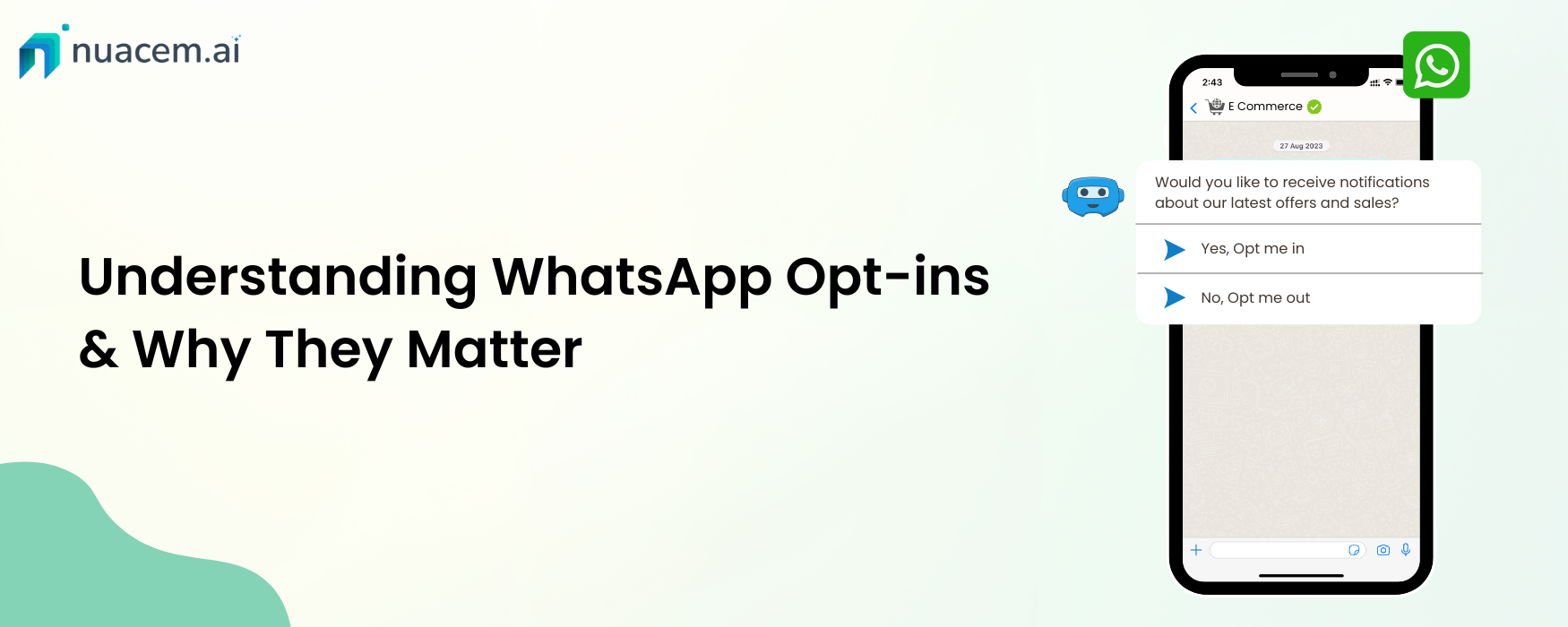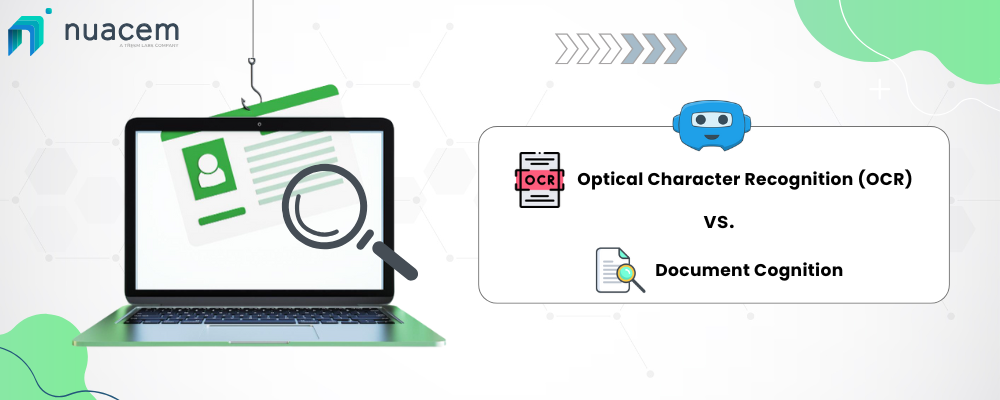Introduction
In today’s fiercely competitive retail landscape, effectively connecting with and serving your customers is the key to standing out. Enter conversational AI, a transformative force reshaping customer interactions with speed, personalization, and intelligence.
By deploying chatbots and AI-powered assistants, enterprises can offer round-the-clock support, personalized shopping advice, and seamless transaction processes. It’s not just about having an assistant that answers FAQ questions; it’s about having a strategic ally that understands your customers’ preferences and guides them through their journey. Every customer interaction becomes an opportunity to gain deeper insights into their needs and behaviors.
Superior customer service:
Superior customer service is paramount for enterprises looking to increase customer retention and revenue. According to a Qualtrics report, poor customer experiences could jeopardize $3.7 trillion in global sales annually. Therefore, ensuring every touchpoint is equipped with next-generation conversational AI technology is crucial for improving customer relationships.
Why Do Retailers Need an AI Chatbots?
Here’s how conversational AI can revolutionize retail operations for enterprises:
Enhancing Customer Service:
Immediate Access: Ensure customers have immediate access to support anytime, reducing or eliminating wait times.
Personalized Guidance: Offer tailored shopping guidance based on historical data and preferences to influence purchasing decisions positively.
Handling High Volume: Simultaneously handle a high volume of inquiries to prevent customers from feeling neglected.
Consistent Quality: Provide consistent service quality across various channels to create a seamless shopping journey.
Streamlining Operations:
Automating Responses: Automate responses to common questions to free up employees for more complex tasks.
Real-time Updates: Integrate with inventory and CRM systems to provide real-time updates on inventory and order tracking.
Efficiency Boost: Reduce operational bottlenecks and ensure smoother workflows for both internal processes and customer service.
Minimize Errors: Deliver accurate and consistent information across touchpoints to minimize human error.
Boosting Sales and Conversion Rates:
Upselling Opportunities: Navigate customers through upselling and cross-selling opportunities to drive revenue growth.
Removing Barriers: Answer questions on the spot to remove barriers to purchase and decrease response times.
Active Buying: Transform passive browsing into active buying by creating more purchase opportunities throughout the customer journey.
Gathering Valuable Insights:
Customer Feedback Analysis: Analyze customer feedback to identify product and service improvement opportunities.
Refine Strategies: Refine marketing and sales strategies based on conversational trends and customer sentiments.
Predictive Insights: Predict future buying behaviors using data-driven insights to stay ahead of market demands.
Overcoming Language and Accessibility Barriers:
Multilingual Support: Offer multilingual support to serve customers in their native language.
Accessibility Features: Provide accessible options for individuals with disabilities to ensure inclusivity.
Cultural Adaptation: Customize interactions based on cultural nuances to enhance customer experience.
Enhancing Omnichannel Presence:
Unified Experiences: Integrate AI-driven chatbots across channels for a seamless customer journey.
Insights Across Channels: Gather insights across channels to understand customer behaviors and preferences better.
24/7 Support: Offer 24/7 customer support at lower costs to ensure assistance beyond traditional service hours.
Facilitating Seamless Payments and Transactions:
Holistic Support: Create a comprehensive support system throughout the buying cycle, from browsing to checkout.
Frictionless Experience: Simplify the buying process to reduce friction and improve conversion rates.
Secure Checkout: Guide customers through secure checkout experiences while maintaining conversation continuity.
Statistics:
According to Gartner, by 2025, customer service organizations that embed AI in their multichannel customer engagement platforms will elevate operational efficiency by 25%.
A McKinsey report states that companies that deploy AI and automation technologies in their sales processes can experience a 10-15% increase in sales efficiency.
Conclusion:
In conclusion, integrating conversational AI bots into retail operations is a luxury and a necessity for enterprises aiming to excel in the digital marketplace. AI’s transformative power in enhancing customer service, streamlining operations, boosting sales, gathering insights, overcoming barriers, and enhancing omnichannel presence is undeniable. Nuacem AI, as a leading provider of AI-powered solutions, can empower enterprises to unlock these benefits in the dynamic retail landscape.






